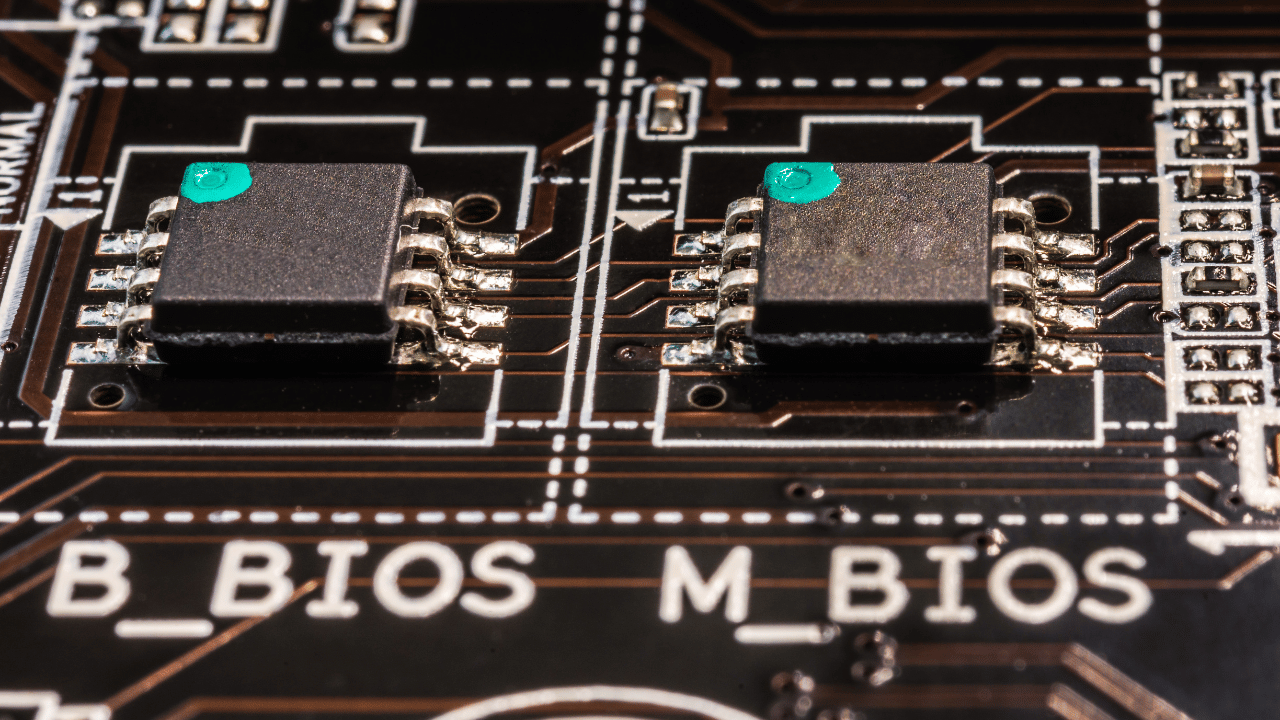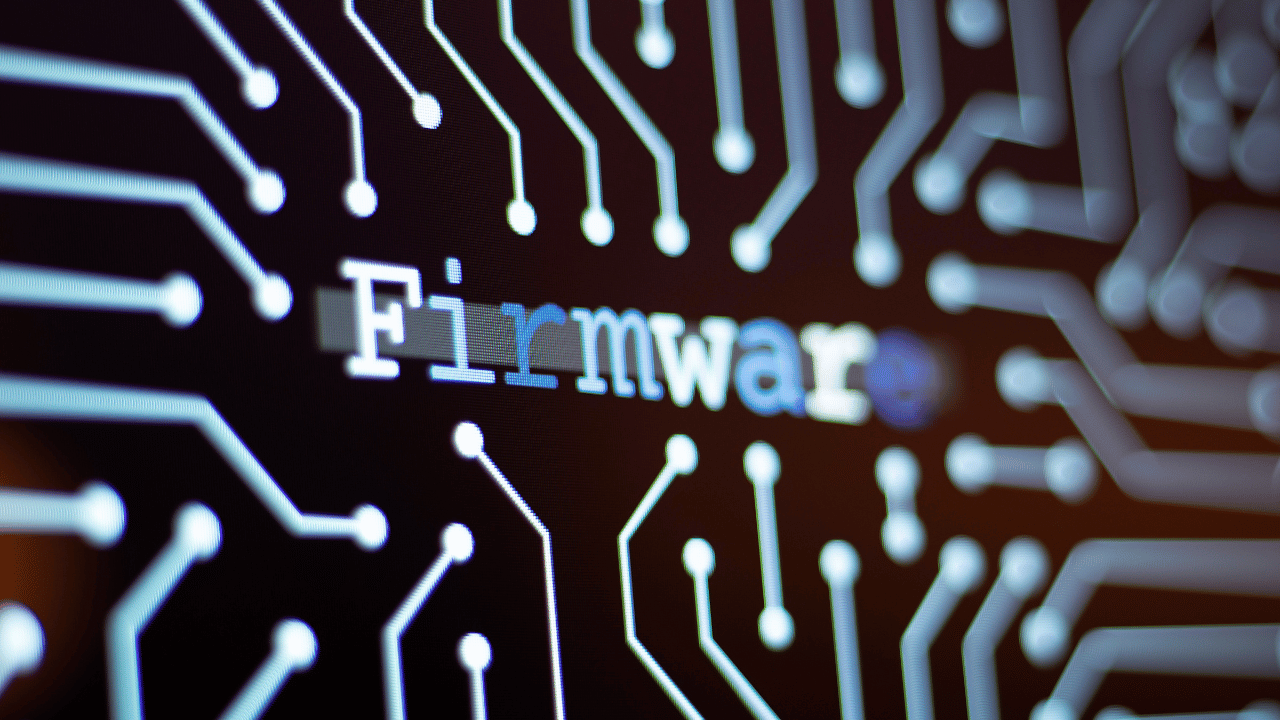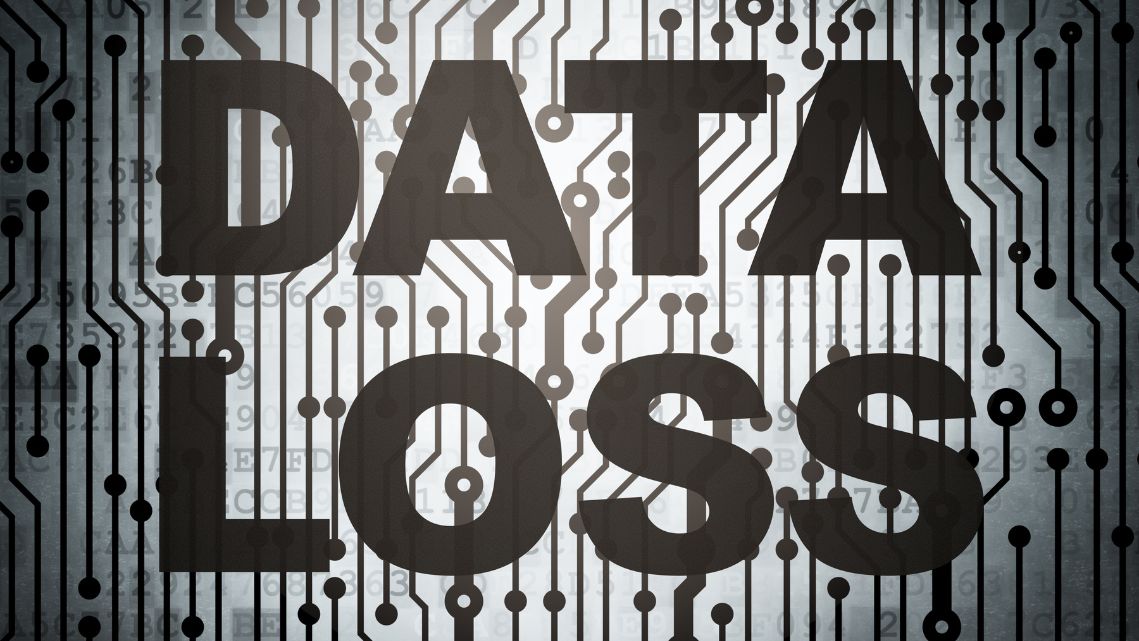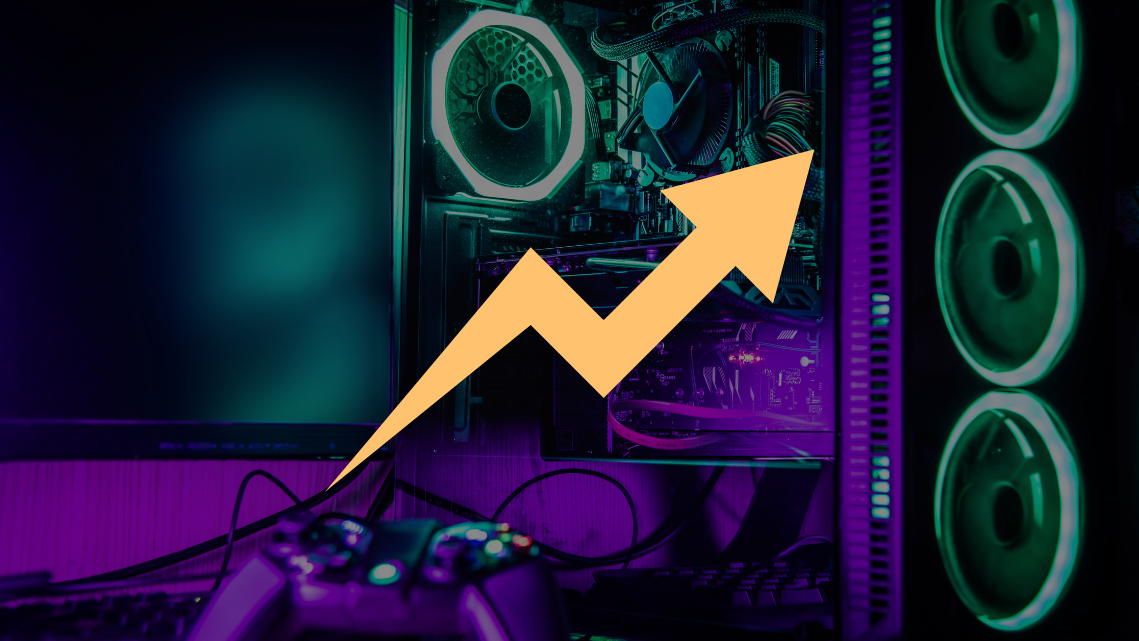Securing Your Computer's Firmware and BIOS
In this section, introduce the topic of the blog, emphasizing the importance of securing computers firmware and BIOS to protect against tampering and unauthorized access. Highlight the critical role that firmware and BIOS play in the overall security posture of a computer system.

Understanding Firmware and BIOS
Explain what firmware and BIOS are, providing a brief overview of their functions and significance in the boot process of a computer. Emphasize their role in initializing hardware components and loading the operating system.
Risks of Firmware and BIOS Tampering
Discuss the potential risks associated with unauthorized access or tampering of firmware and BIOS. Explain how attackers can exploit vulnerabilities in these components to install malware, bypass security measures, or gain persistent control over a computer system.
Best Practices for Securing Firmware and BIOS
Outline best practices for securing firmware and BIOS to mitigate the risks of tampering. Include steps such as enabling secure boot, setting up BIOS passwords, updating firmware regularly, and implementing hardware-based security features.

Enabling Secure Boot
Detail the importance of enabling secure boot, a feature that ensures only trusted software components are loaded during the boot process. Explain how secure boot helps prevent unauthorized firmware or bootloader modifications.
Setting BIOS Passwords
Discuss the significance of setting strong passwords for BIOS access and configuration. Provide guidance on creating complex passwords and regularly updating them to enhance security.
Regular Firmware Updates
Highlight the importance of regularly updating firmware to patch known vulnerabilities and improve system security. Encourage users to subscribe to firmware update notifications from hardware manufacturers and apply updates promptly.
Hardware-Based Security Features
Explore hardware-based security features such as Trusted Platform Module (TPM) and Intel Boot Guard, which provide additional layers of protection against firmware and BIOS tampering. Explain how these features work and their benefits for securing computer systems.
Conclusion
Learn how to protect your computer from unauthorized access and tampering by securing its firmware and BIOS. Discover best practices for enabling secure boot, setting BIOS passwords, and updating firmware to enhance system security.






